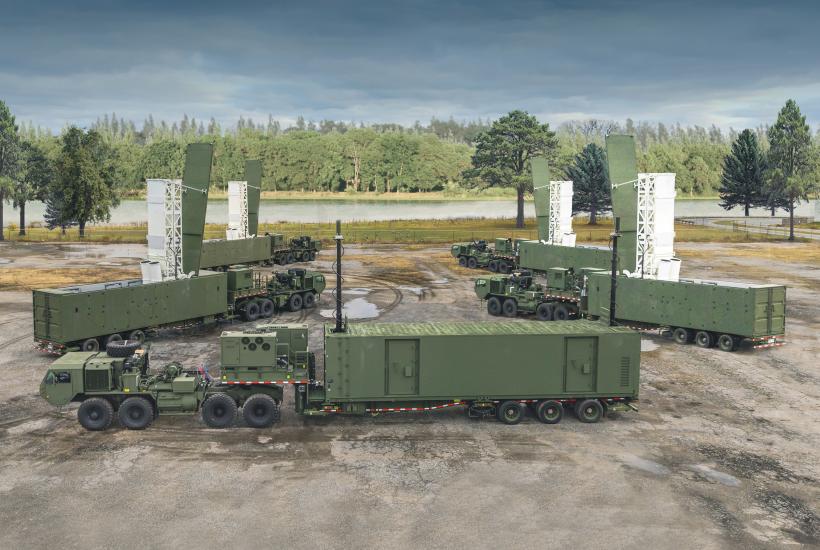The United States has officially withdrawn its ground-based Typhon mobile missile launchers from the Iwakuni Marine Corps Air Station in Japan, following protests from Russia and China over their presence.
The systems, capable of launching medium-range Tomahawk cruise missiles among other types, had been stationed in Japan for joint military exercises earlier this year.
Extended Stay Raises Local Concerns
Originally deployed for the September Resolute Dragon exercises, the Typhon launchers were scheduled to be removed after the drills ended on September 25.
However, they remained at Iwakuni for several additional weeks, prompting unease among civic groups in the region.
Activists from Hiroshima and Yamaguchi prefectures even sent a formal letter to Japan’s Defense Ministry on November 10, urging immediate action to ensure the systems were removed without further delay.
Japan Confirms Withdrawal but Leaves Questions Unanswered
On November 17, Japan’s Defense Ministry informed the Iwakuni city administration that the Typhon launchers had finally been taken off Japanese soil.
Details on why the withdrawal was postponed for so long have not been disclosed, leaving local observers and international analysts speculating.
The Typhon system itself is a mobile ground launcher developed for the Indo-Pacific.
It can fire Tomahawk cruise missiles with a range of roughly 2,000 km, as well as SM-6 multipurpose missiles reaching up to 500 km.
First Deployment in Japan During Resolute Dragon Exercises
The Resolute Dragon exercises, held from September 11 to 25, saw around 19,000 US and Japanese troops participating across various locations, including Hokkaido.
While this marked the first time Typhon launchers were deployed in Japan, Japanese officials stressed that no missile firings would take place during the drills.
Moscow and Beijing Voice Strong Objections
Russia formally raised concerns about the extended Typhon presence in late October.
The Russian Foreign Ministry warned the Japanese Embassy in Moscow that it “reserves the right to take necessary compensatory measures to ensure an adequate level of its security.”
China also voiced strong opposition. Beijing called on both the United States and Japan to “immediately remove” the launchers from Japanese territory, highlighting regional sensitivities over missile deployments in the Indo-Pacific.
Regional Tensions and Strategic Messaging
While the Typhon withdrawal has been completed, the episode underscores the delicate balance in the region.
The deployment, even temporarily, served as a visible demonstration of US-Japan military cooperation but also drew sharp reactions from neighboring powers wary of advanced missile systems close to their borders.
With tensions simmering in the Indo-Pacific, the event is a reminder of how quickly military exercises can become a flashpoint in international diplomacy.
Share on Facebook «||» Share on Twitter «||» Share on Reddit «||» Share on LinkedIn